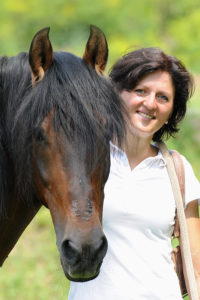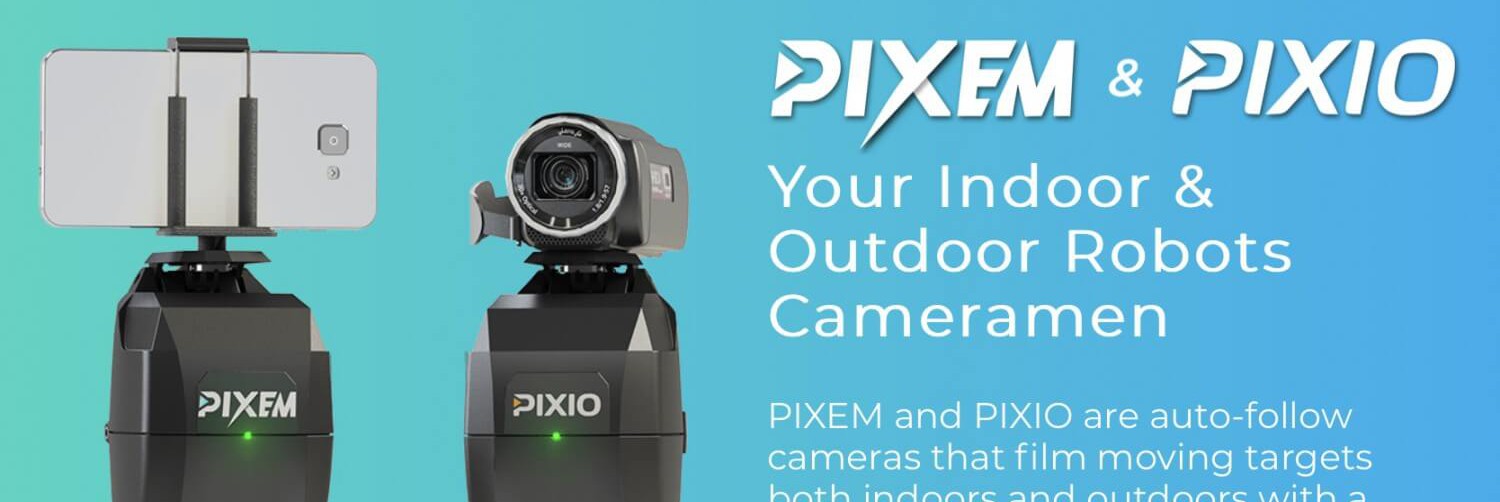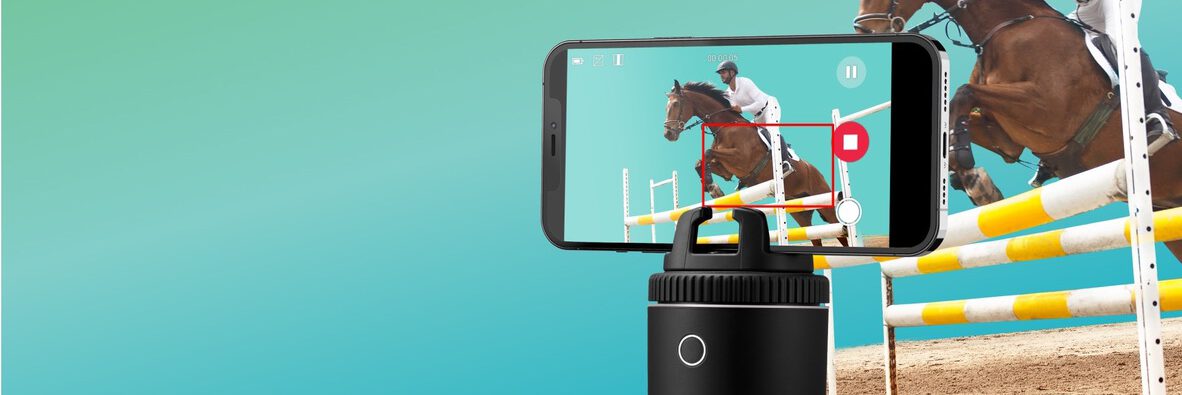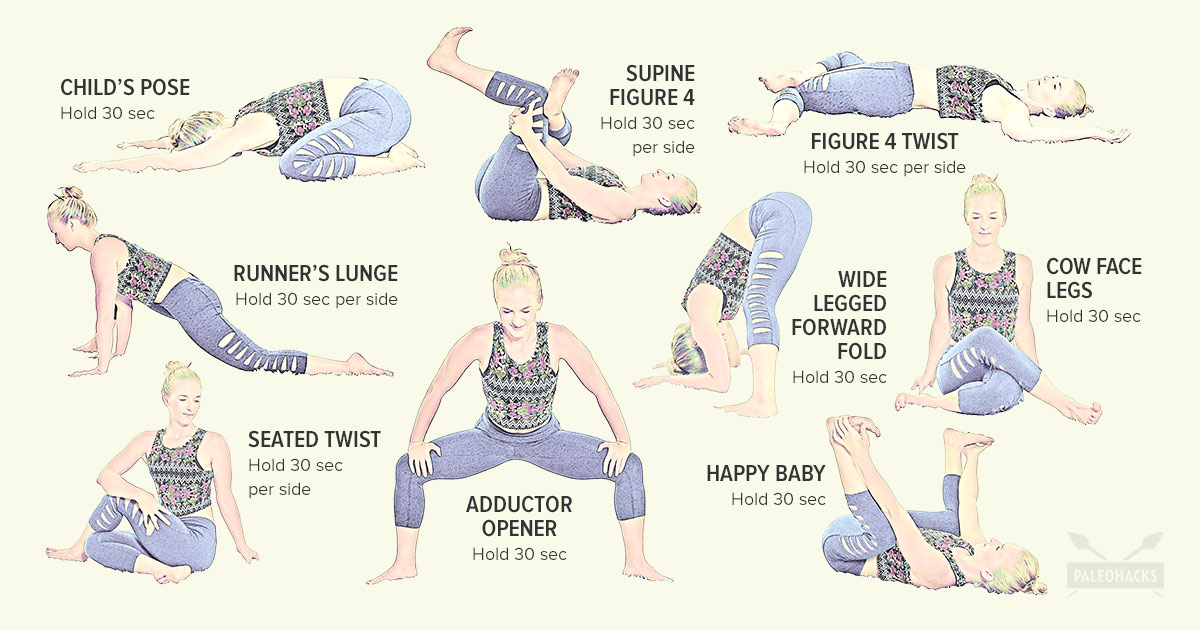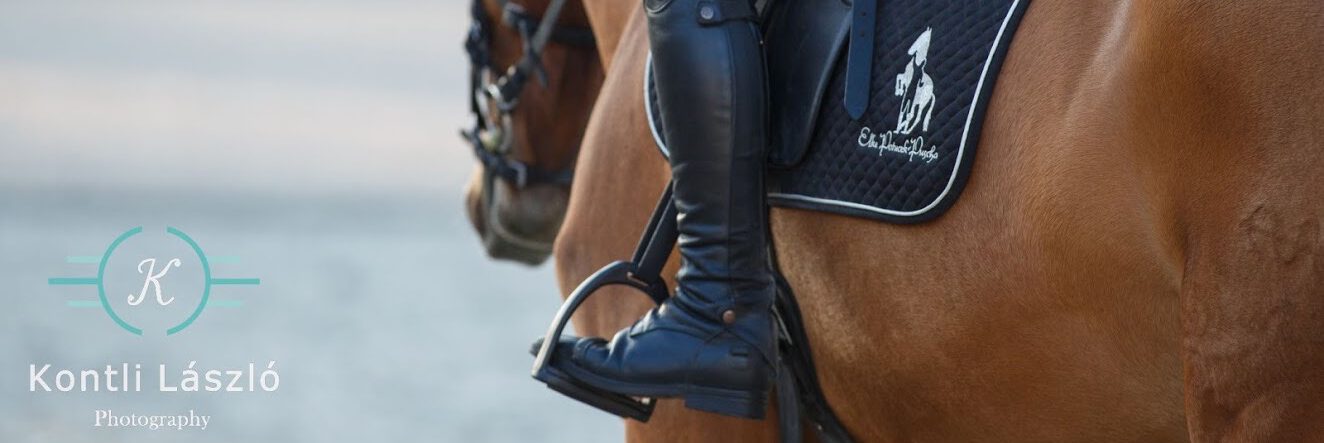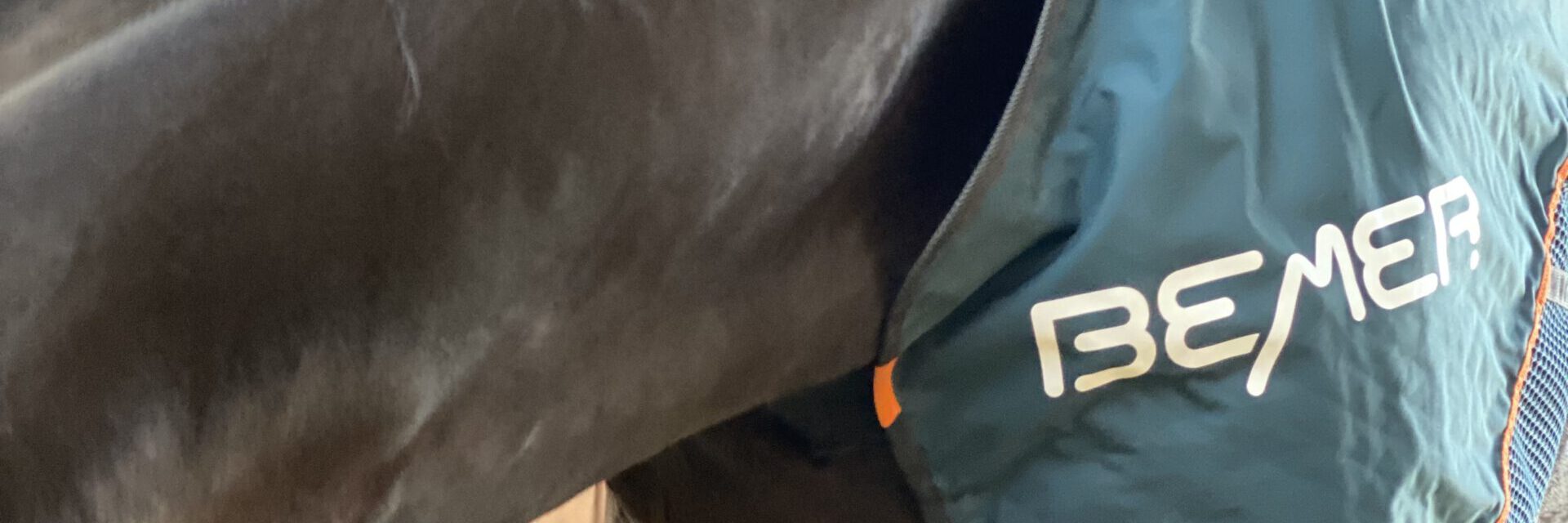Application and use of the Vienna Cavesson
The relevance of the cavesson as a gentle implement
Hello everyone,
Today’s topic is the cavesson, its many applications and the possibilities it presents in regard to working with your horses.
The old masters, such as Antoine de Pluvinel (1555 – 1620), already used a cavesson to spare the horse’s delicate mouth, thereby avoiding to spoil the horse’s mouth while longeing or working in-hand.
We know that working in-hand can prepare training under saddle. At the beginning of schooling, this enables the horse to learn easier to understand simple commands such as yielding to the leg – for example, in a turn on the forehand or when leg-yielding. Additionally, with the first touching of the hind legs with a whip, we prompt the horse to better lower the haunches and get faster with its reaction in the hind leg without being disturbed by the rider’s weight.
In the history of equestrian education, the cavesson was referred to and applied in that way. This bitless bridle is also a considerable help when it comes to leading young horses and starting to work with a longe line. Correctly implemented, it provides great support for the sound and considerate training of horses, allowing them to stay longer healthy and high-performing.
There are several types of cavessons. We use the Vienna Cavesson, which is employed at the Spanish Riding School of Vienna.
The elements of the Vienna Cavesson are …
- the triple-segmented cavesson-iron with three rings,
- the strap over the poll,
- two cheek-pieces,
- the split jowl strap and
- the split chin strap.
The central part is the triple-segmented cavesson iron with its three rings, which can rest optimally on the nasal bone due to its particular configuration. Since the ridge of the nose is not perfectly rounded but rather has planes and angles, these must also be represented in the iron. The cavesson iron is softly padded. The centre ring swivels freely in all directions, allowing a change of rein on the longe line without changing the line’s adjustment. The side rings are only vertically movable and are used with the reins when riding or during in-hand work, such as the school jumps.
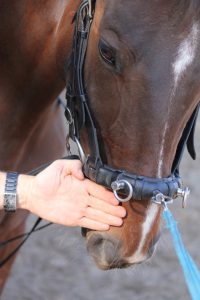 This cavesson is the direct predecessor of the Hanoverian noseband and one buckles it just like such a noseband. Thus, the lower edging of the cavesson iron sits four fingers above the upper rim of the nostril.
This cavesson is the direct predecessor of the Hanoverian noseband and one buckles it just like such a noseband. Thus, the lower edging of the cavesson iron sits four fingers above the upper rim of the nostril.
When the cavesson is to be used in combination with a snaffle bridle, one can also buckle it as an English noseband, that is to say, two fingers below the cheekbone. It has to be ensured that the corners of the horse’s mouth are not pinched by the reins being taken up, or by auxiliary reins being implemented. In any case, we prefer the Hanoverian variant, even when employing the cavesson together with a snaffle bridle.
For utilisation with a snaffle bridle, we have developed purpose-built bit straps that are very easy to attach. As a result, the cavesson can also be used when riding
When fastening the straps during bridling, the jowl strap should first be done up, then the chinstrap, in order to ensure that the pressure is evenly distributed over the poll. Both straps should be done up as snugly as possible, because only then can the cavesson fit properly, thereby preventing slippage into the outer eye. At the same time, the jowl strap may slightly “bend” the cheek-pieces – this does not obstruct either a correct position or a correct application.
To perceive a loosely fitted cavesson-iron as “gentle” would be completely misunderstood, because the more backlash the iron has, the more “sharp” its effect. On the contrary, softly dosed rein-aids and a fine leading are no longer possible.
How does the cavesson act?
The cavesson affects the so-called pressure points at various areas on the horse’s head. First and foremost, however, it acts on the neck and the ridge of the nose of the horse. It is not recommended to pad the strap over the poll with lambskin because this lining is quite bulky, and may press on the base of the ears.
On the sensitive area of the horse’s cartilage and nasal bone, which has no cushioning fat or muscle layer, there are many sensory points directly below the skin – more than in a human palm, hence the padding of the Vienna cavesson’s noseband’s iron.
In my opinion, it is animal cruelty to use a Spanish serreta without padding. One of the horses closest to my heart, a PRE stallion trained for bullfighting, had deep scars on the ridge of his nose from the use of a serreta (true to the Spanish motto: the more scars a horse shows on its face, the more challenging it was during breaking).
The sensitivity of the nasal bone can be demonstrated with a simple experiment. As soon as one taps the nasal ridge of a young horse with one’s finger, it starts to nod and retreat. The active principle of the cavesson is based on just this behaviour. If a horse bridled with a cavesson opens its mouth excessively, pressure is exerted on the nasal bone. Reacting to this force, the horse closes its mouth, so the pressure ceases. The noseband, just like the Hanoverian noseband, therefore acts auto-corrective as the horse learns to refrain from gaping. By implication, this strap must not be so tightly fastened that it suppresses the chewing reflex.
What are the possible applications of the cavesson?
Altogether, the cavesson is employed when longeing a young horse, doing longe work without a rider, longeing riders to refine their seat and working in-hand. Additionally, in some regions and riding styles it is utilised exclusively for riding. Furthermore, the use of a cavesson during rehabilitation after mouth injuries makes sense.
Customarily, one starts off with getting accustomed to the cavesson while leading. Thus, most halter-broke horses accept the cavesson without problems. When leading and during the first familiarisation, the jowl strap is loosened by one. When starting to walk, one “pulls” slightly forward with the longe or the lead rope, thereby applying gentle pressure on the horse’s chin. To stop or slow down, one increases the pressure on the cavesson iron with vibrating half-halts. If the horse answers the call to walk or to slow, the pressure on the lead rope is decreased again. After short half-halts, yielding rein aids should follow immediately. Should the horse ever realise that it is much stronger than man, it may just drag its handler along.
(Video: Leading, halting)
Depending on the direction of pulling and the situation, a forward asking, a slowing, or a turning aid can be given. This facilitates the control of speed, gait and turning. Moreover, the cavesson helps with positioning, bending, half-halts, loosening or elevating – all without a jerk in the mouth – the perfect prerequisite to preserve a sensitive and soft mouth in a young, unbalanced horse.
Longeing with the cavesson
Similar to riding, the horse should also seek contact with the rider’s hand while longeing. It is the longeur’s job to school the young horse so that it is guided and balanced by the ever soft and steady remaining longe.
The head and neck movements of the horse should be supported by the longeur – in the same way as when riding. These movements should at best be slowed down, never blocked. However, if the horse is rushing, the longe’s influence must be increased. The speed of the horse can then be decelerated with swinging, wave-like motions. This oscillating checks the outer hind leg, which pushes off too fast. Like the rider, the longeur must be able to control the hind legs. If one controls the hindquarters, one controls the whole horse. However, if the longe line slacks, the checking vibrations – the half-halts – get to the horse distorted, too late or not at all. That is why a constant contact and connection is always essential.
More information on correct longeing can be found on the blog under the heading: “Are you longeing already, or are you still slinging?”
Working in-hand
When working in-hand, we do not immediately think of the haute école and piaffe work. Even young horses can be prepared with lateral movements, half-halts, rein back etc. for working under saddle. Only when the horses are more accomplished, piaffe work is added. In institutions such as the Spanish Riding School in Vienna or the State Stud Lipica in Slovenia, where I teach together with Arthur Kottas-Heldenberg as his assistant coach every month, school jumps are also taught in this way.
Working in-hand starts with a change of direction on the longe, where one can easily school the horse with a simple crossing of the legs, or a turn on the forehand. In addition, a gentle positioning to the inside and outside, a careful elevating, a bending of the forehand when turning, an asking to walk on alongside the wall, a halt, a straightforward rein back, etc. already amount to “micro-working” in-hand, which sensibly complements training under saddle. From these uncomplicated tasks, one can later also develop the higher movements in-hand by a first touching with the whip.
Tips and additional explanations can be found on the blog under the heading “Light on your feet? Working in-hand”!
Conclusion
Through the cavesson, horses learn the meaning of all rein aids and are prepared for simple lessons under saddle. If the horse understands what the rider asks, fine aiding is possible. Not only youngsters should be worked in a way that inflicts as little harm on their mouths’ as possible. Anyone who longes off a snaffle bit risks that it is pulled through the mouth and the horse feels uncomfortable; when it takes a fright, even mouth injuries may occur. As soon as horses are longed – regardless of age – with or without auxiliary reins, they should wear a cavesson. Without bruising bar and tongue, it serves the fine and precise communication with the horse.

